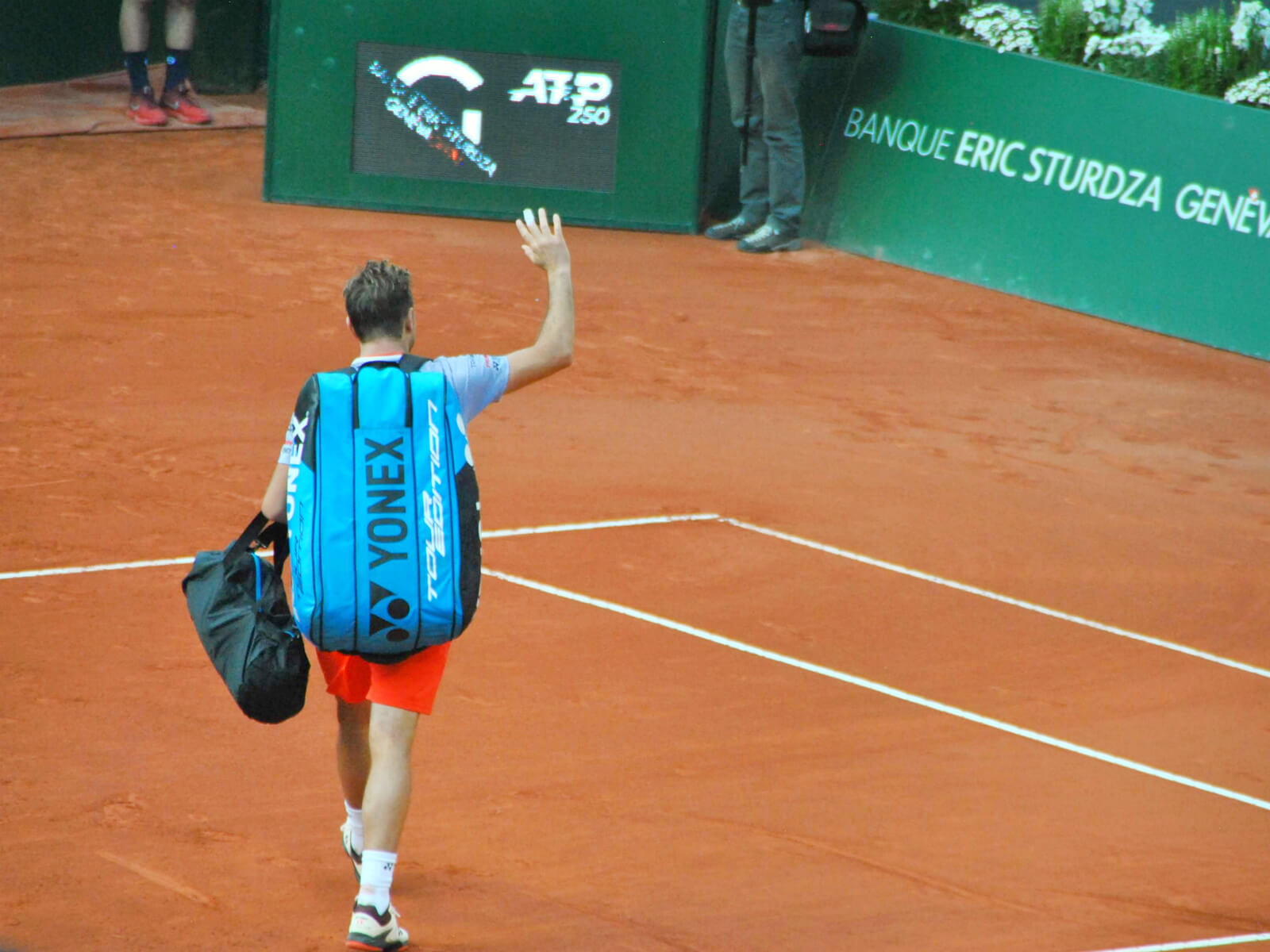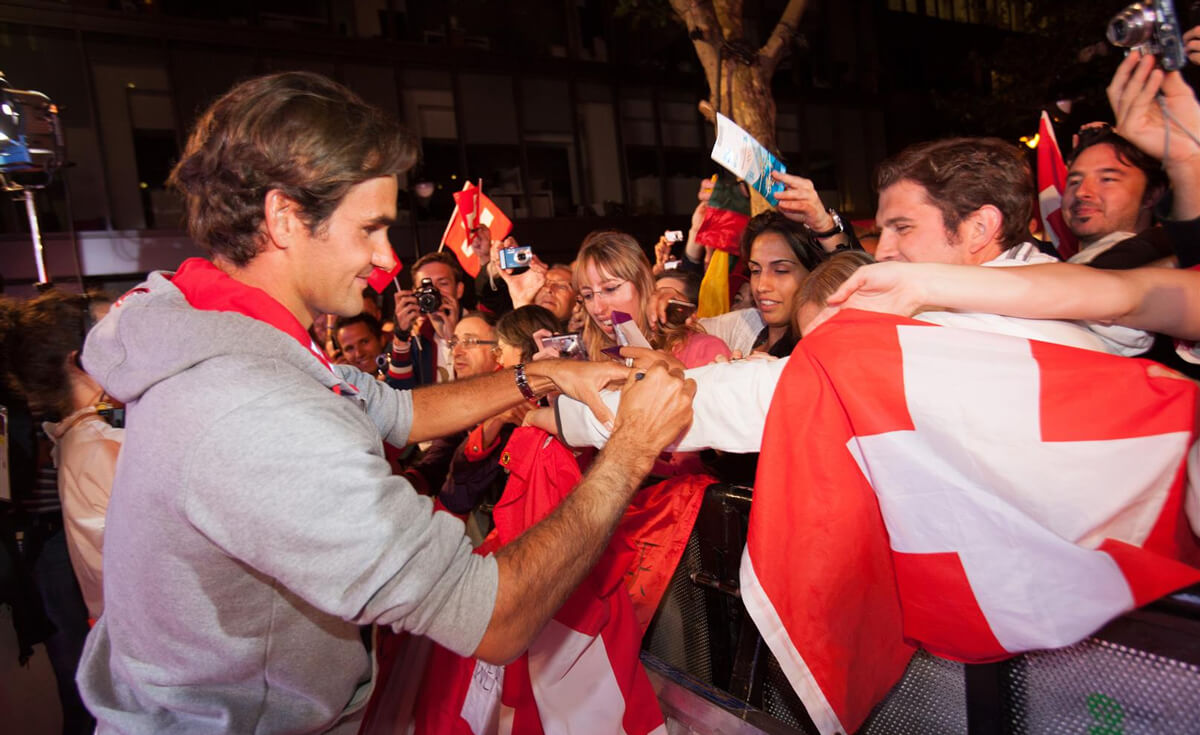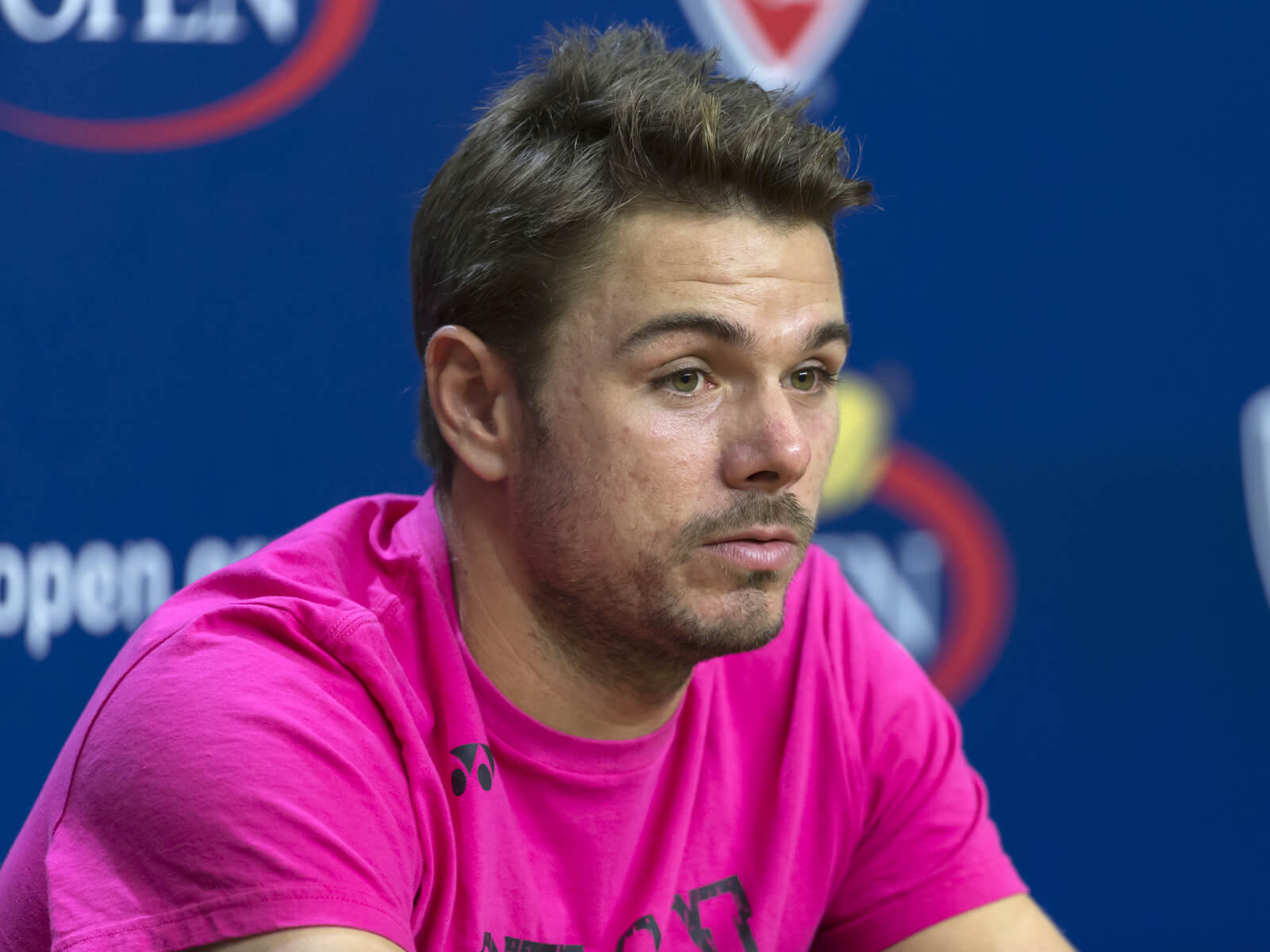
For a country of nine million residents, Switzerland has had its fair share of stars in the sport of tennis. Of course, Roger Federer - the widely regarded Greatest of All Time - is the first name to be conjured from this impressive roll of champions.
But there are others, too.
Perhaps the most famous names among the chasing pack are Marc Rosset and Martina Hingis. Rosset is the 1992 Olympic singles gold medalist, a feat so far unmatched by Federer or any other Swiss. And Hingis, of course, is the multi-grand slam winner and former world number one.
One player whose achievements seem to be whispered rather than shouted about is Stanislas Wawrinka.
Who is Stanislas Wawrinka?
The three-time major winner - at one time as famous for his on-court attire and tattoos as for his powerful playing style - has primarily conducted his career in the shadow of the peerless Federer.
Had the two players been born a generation apart, there would be no doubt that Wawrinka would have enjoyed a greater proportion of his career in the spotlight.
The second son of a farming family in Canton Vaud, Stan Wawrinka started playing tennis as an eight-year-old in his home city of Lausanne.
A weekly knock-up soon became tri-weekly training sessions. At fifteen, with a clear vision and abundant talent, Wawrinka left school to focus full-time on his sporting ambitions.
A successful junior career saw him peak at number seven in the world. His victory in the boy’s singles at the 2003 French Open highlighted the young Swiss as a player to note as he embarked on his professional career.
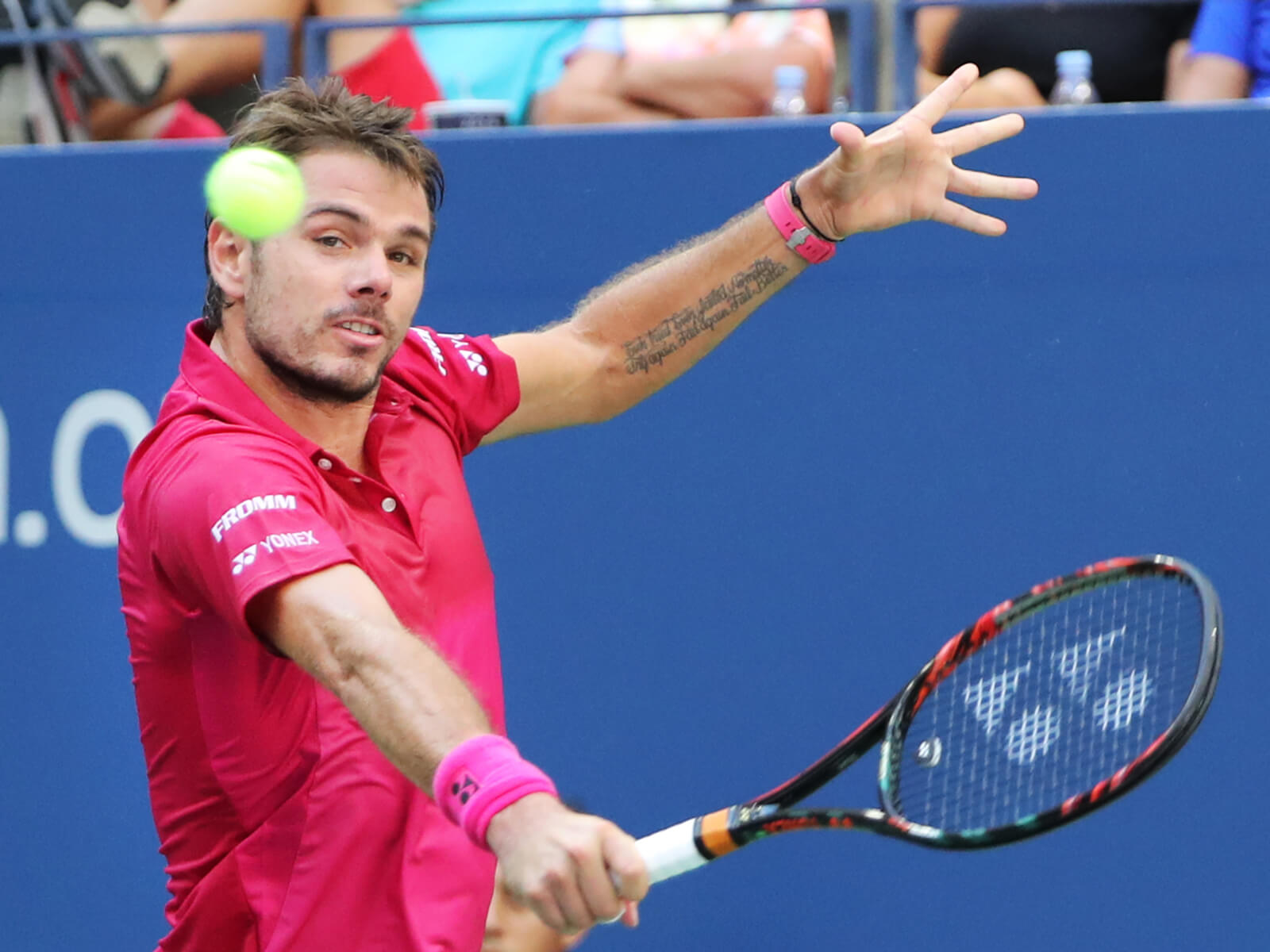
Inconsistency of form and opportunity is a well-known plague to young players, and not surprisingly, success on the pro circuit was much harder to come by.
Nevertheless, Wawrinka finished his first full season in the world’s top 200. And over the course of the next few years, he climbed his way quietly up the rankings.
But it was not until much later, after ten years on tour, crisscrossing the globe and grinding out victories at ATP 250 and 500 events, that Wawrinka made his singles breakthrough at the highest level.
Stan Wawrinka vs. Rafael Nadal
In January 2014, at twenty-eight years and ten months of age, Stan Wawrinka defeated the world’s number one, Rafael Nadal, in four sets to win the Australian Open title.
His success in Melbourne made him only the second Swiss man in history to win a grand slam title and propelled him to a career-high ranking of three in the world - leapfrogging compatriot Federer in the process!
Until then, Wawrinka’s biggest achievement had been the doubles title he and Federer won at the 2008 Olympic Games. Now, suddenly and seemingly from nowhere, he became a superstar of the men’s game.
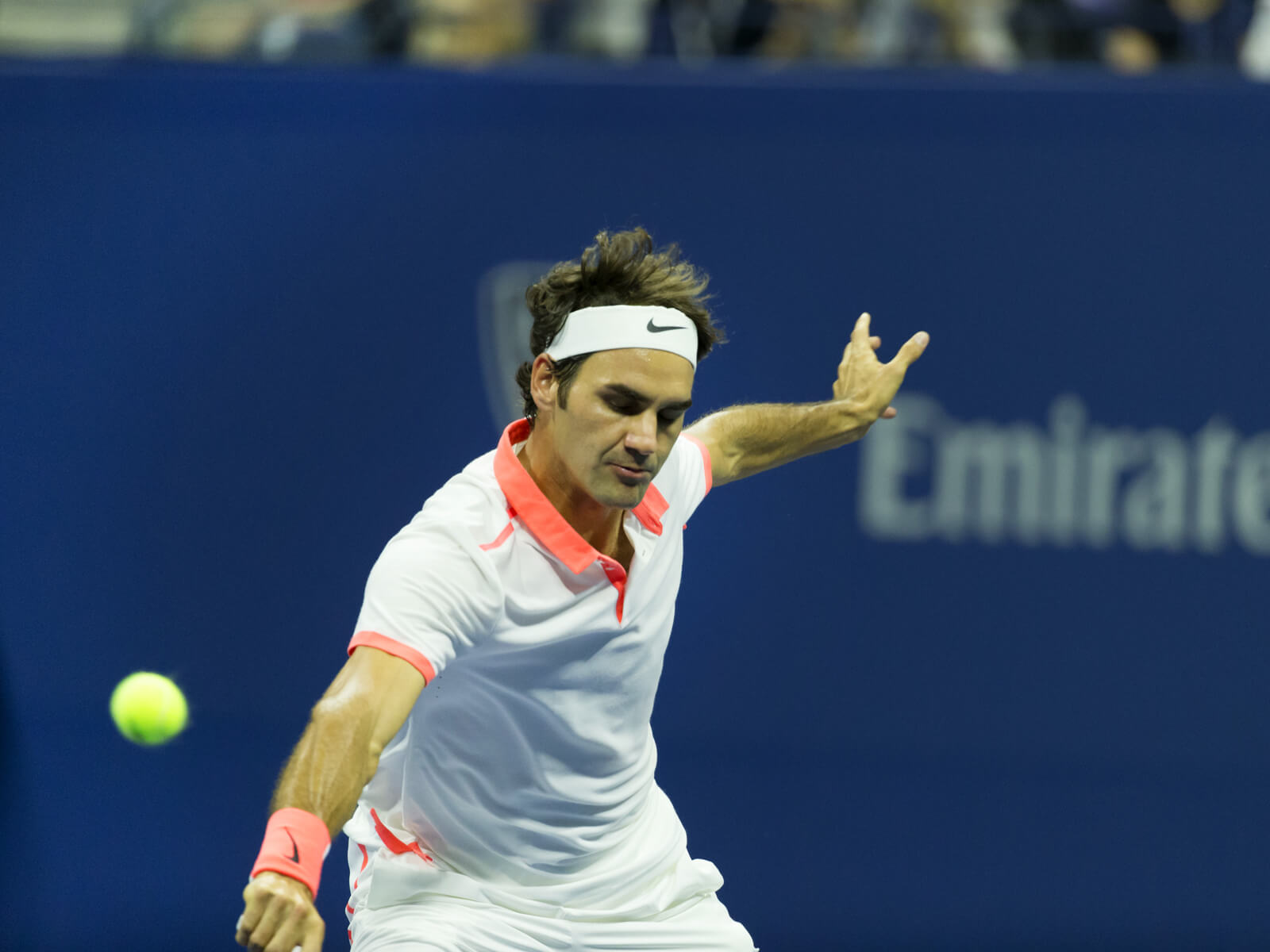
Wawrinka’s aggressive power play, mental toughness, and exquisite one-handed backhand had finally paid dividends.
Overnight, he went from being a good player - admired by his own band of fanatics but largely unknown to the casual tennis spectator - to a great player.
In my opinion, Wawrinka became a GOAT - Greatest of All Time.
And for those doubters who thought Wawrinka’s win in Australia was a fluke, a further two grand slams - the 2015 French and 2016 US Opens (beating the number one ranked player on each occasion), and an integral part in the Swiss national team's 2014 Davis Cup victory, solidified Wawrinka’s position amongst the game’s elite.
Meet Stan the Man!
Nicknamed Stan the Man, Iron Stan, and the Stanimal on account of his powerful playing style and never-say-die attitude, Wawrinka is also a man of great humor and humility.
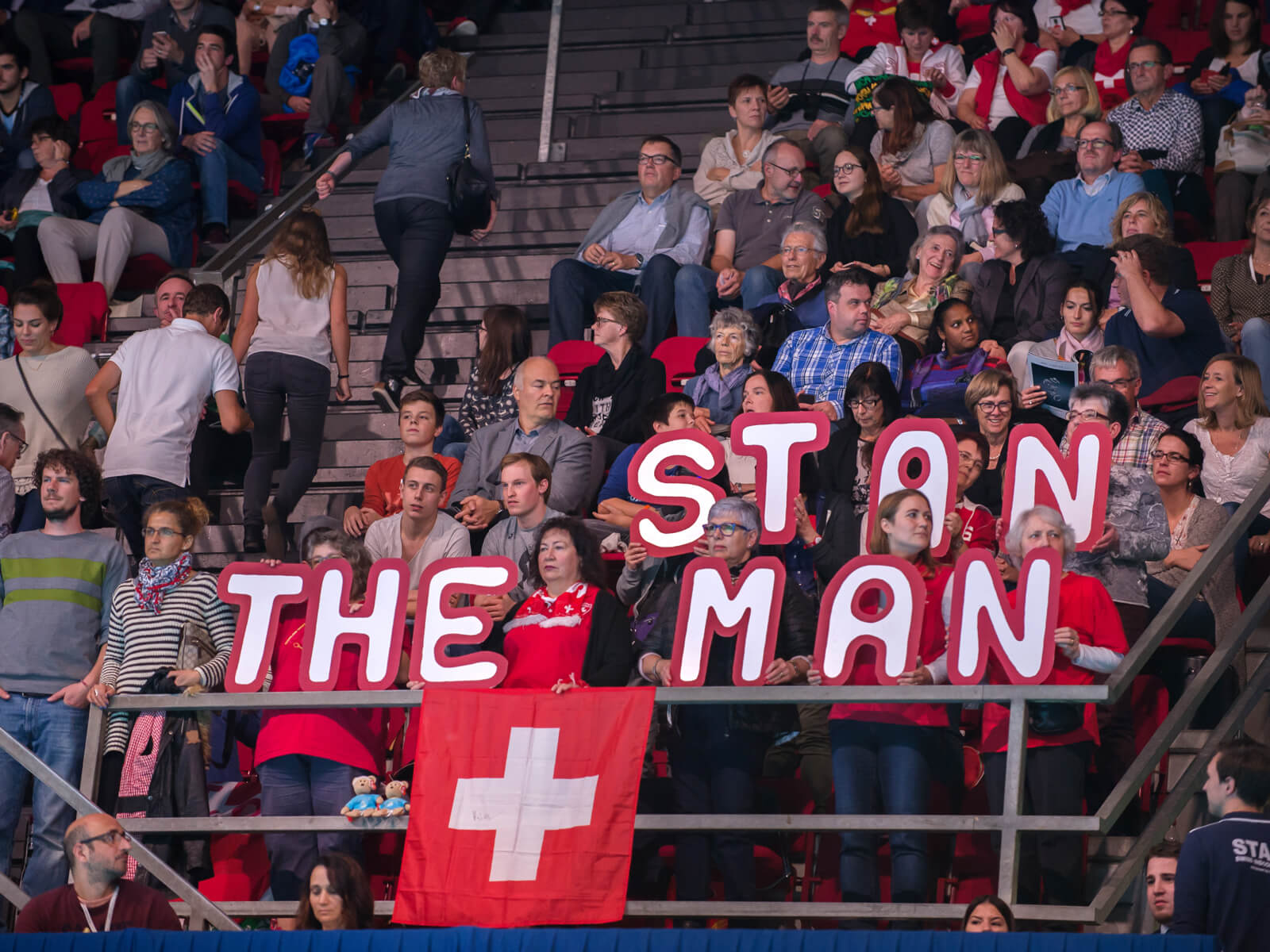
Wawrinka is a team player and an ambassador for both the sport of tennis and the Swiss nation. As a late bloomer in tennis terms, he is also a role model for those who have not yet reached their personal or professional goals.
For many - me included - Wawrinka’s success late in his career is a great reminder that hard work, perseverance, and perpetual positivity pay off in the end. Even when things are not going your way, it is important to keep going!
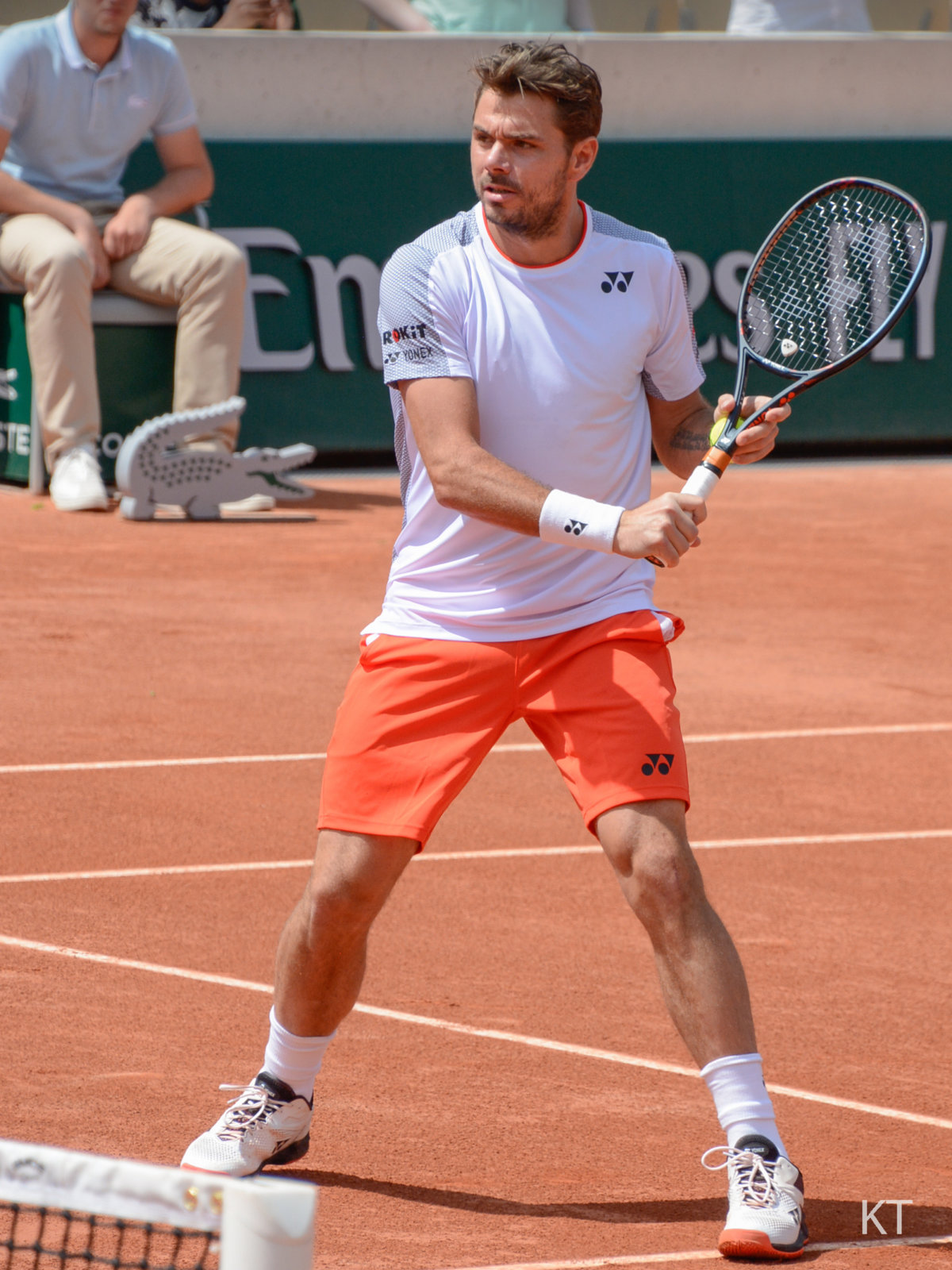
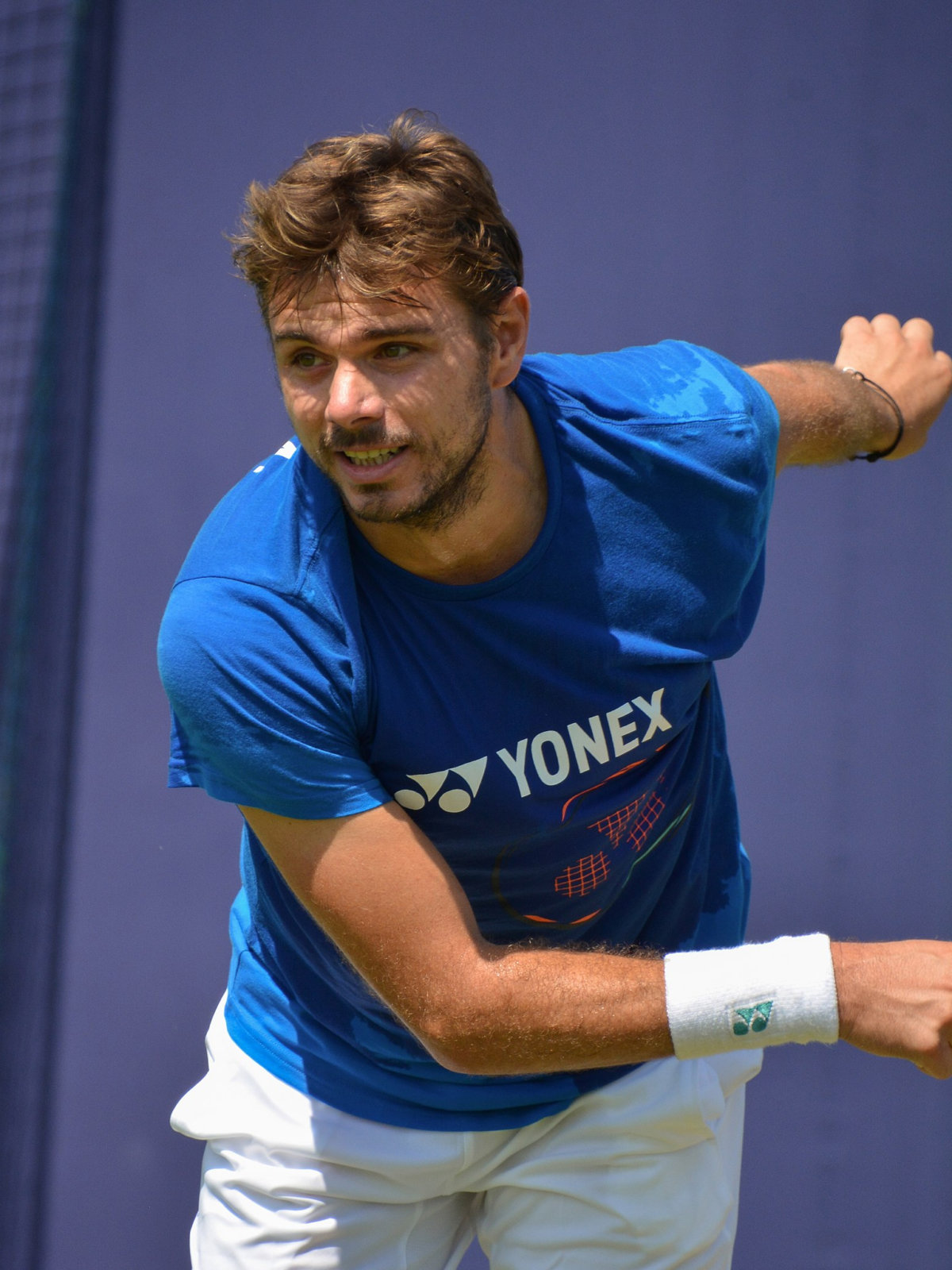
This resilience and determination to dig in when things get tough is perhaps best encapsulated by the much-talked-about tattoo adoring the player’s left arm. It is a quote from the Irish playwright Samuel Beckett that reads: “Ever tried. Ever failed. No matter. Try again. Fail again. Fail better.”
Having returned from a serious knee injury at age 35, Wawrinka continues to challenge at the highest level.
And while the sun shows no sign of setting on his career just yet, when Stan the Man finally hangs up his racket, he will surely be remembered as a Swiss sporting icon and one of the world's greatest tennis players.
FAQs about Stan Wawrinka
